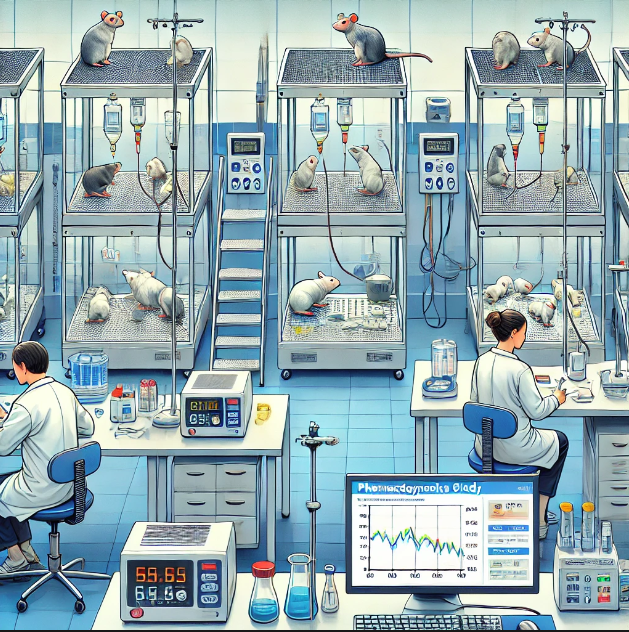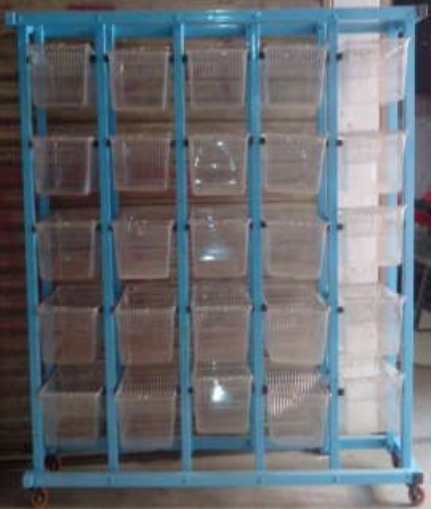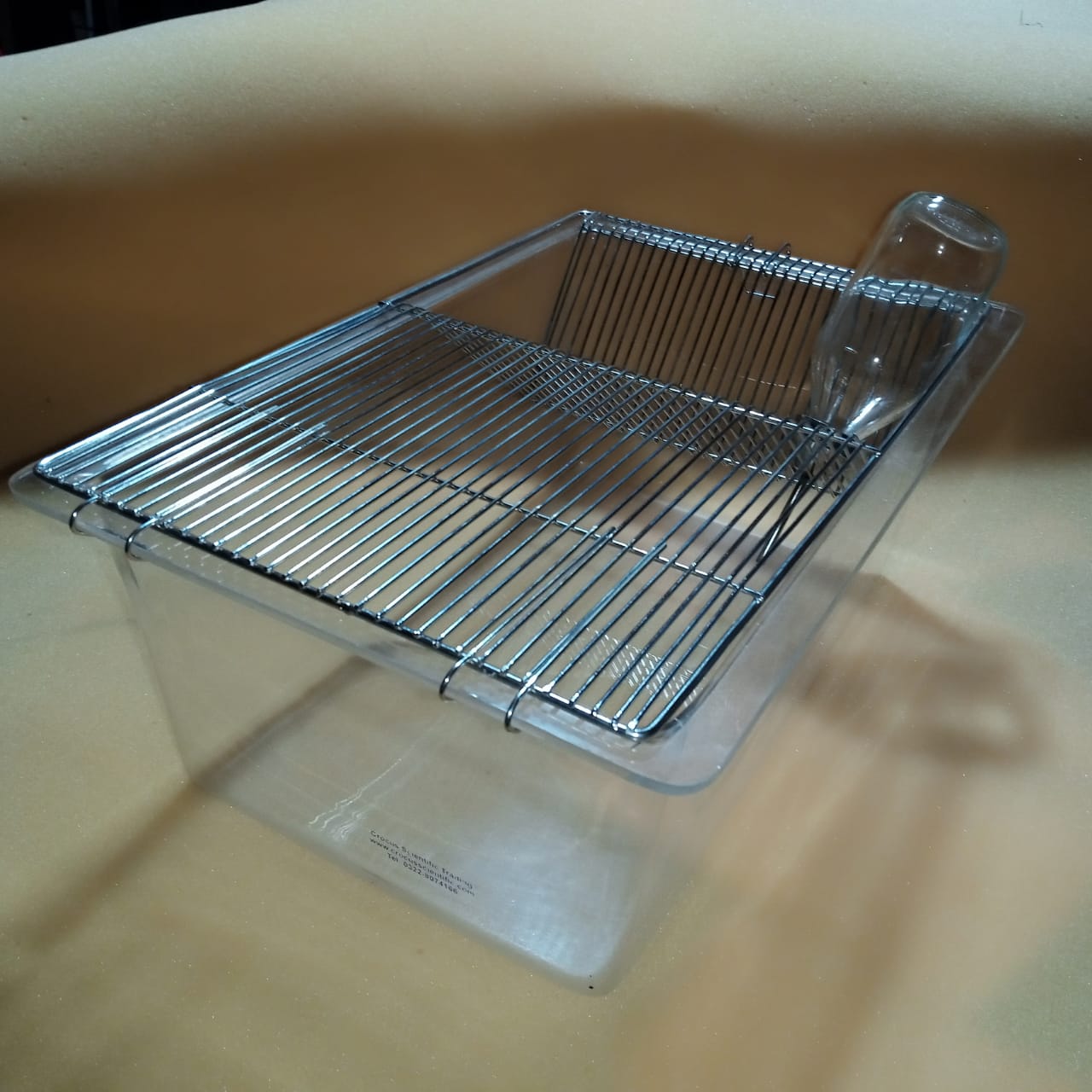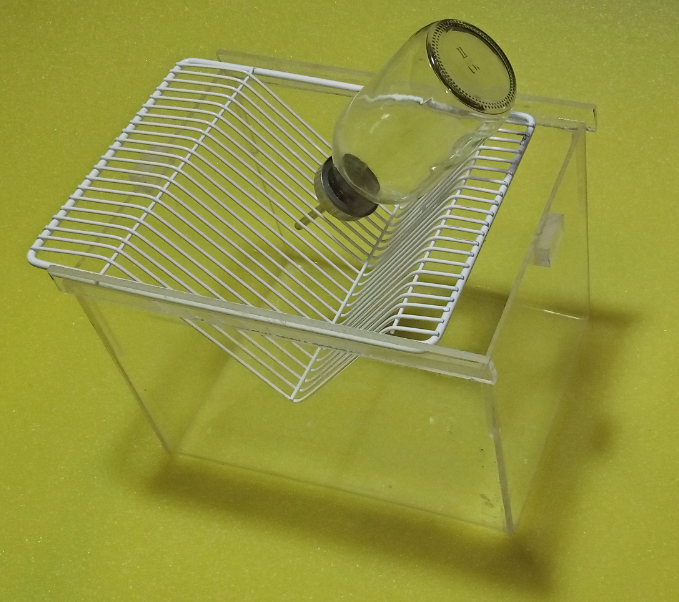The Tail Suspension Test (TST) is a key behavioral assay used in pharmacological research to study antidepressant-like effects in mice. This test helps researchers evaluate how potential antidepressant drugs influence behavior, offering insights into their efficacy. In this blog post, we’ll explore what the TST is, why it’s valuable, and how to conduct it properly
Posts by: admin
drug efficacy, safety, metabolism, and toxicity Here are some common types of pharmacology experiments performed on animals in laboratories for Pharmacodynamics PD Studies. These experiments aim to assess drug efficacy, safety, metabolism, and toxicity, as well as to understand disease mechanisms: 1. Pharmacokinetics (PK) Studies Objective: To understand the absorption, distribution, metabolism, and excretion (ADME)
Crocus Light/Dark Box: Anxiety Assessment Tool for Rats and Mice Introduction The Crocus Light/Dark Box is an essential tool for the assessment of anxiety in small animals, particularly in research on anxiolytic and anxiogenic agents. Used primarily with rats and mice. This device measures the natural preference of animals for dark, enclosed spaces over brightly
Discover the CST-T1 Trolley for Mice & Rat Cages by Crocus Scientific Trading—a specially designed solution to optimize rodent housing in pharmacy labs and research facilities. With a hanging cage system, robust construction, and a capacity of 25 cages, this trolley enhances workflow efficiency and promotes animal welfare. Its compact design allows for easy access to each cage, saving time during lab routines and ensuring the highest standards of care.
High-Quality Mice and Rat Cages from Crocus Scientific Trading Welcome to Crocus Scientific Trading! we specialize in the manufacture and supply of premium mice and rat cages designed specifically for animal welfare and research requirements Why Choose Crocus Mice and Rat Cages? Our “Crocus” cage bodies are engineered with a focus on animal welfare, offering
Single Mice Cages for Pharmacy Lab Use When it comes to conducting precise and controlled experiments in pharmaceutical labs, the importance of high-quality lab equipment cannot be overstated. Among the essential tools required for research, a well-designed mice cage plays a crucial role. If you are looking for a reliable and durable single mice cage,
What is a Scruffguard? A Scruffguard is a protective garment worn around the neck and upper chest area. It is commonly used in environments where maintaining hygiene and preventing contamination is critical, such as in pharmaceutical laboratories. Made from soft, absorbent, and sometimes hypoallergenic materials, scruffguards are designed to protect both the wearer and the








